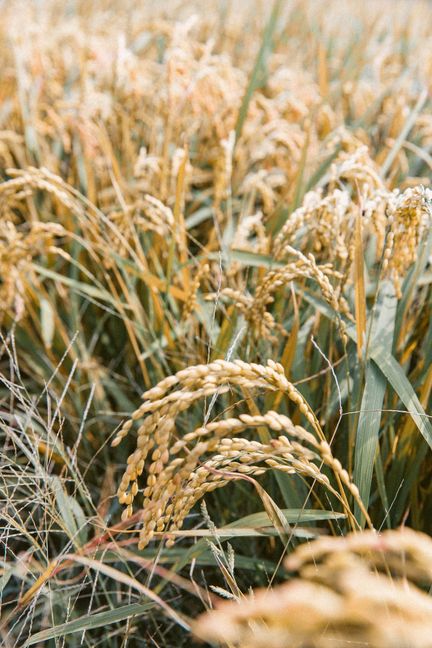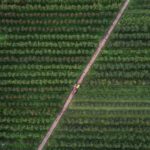Unveiling America’s Agricultural Gold: Where the Most Valuable Farmland Lies
In the vast tapestry of American landscapes, some patches of soil are akin to hidden treasures. These are the agricultural havens, where the value of farmland reaches its zenith. For aspiring farmers, seasoned agriculturalists, or curious investors, discovering where these pockets of agrarian wealth lie can be a game-changer. This article unveils the regions within the United States where farmland is most valuable, shedding light on the lucrative side of American agriculture.
Factors Determining Farmland Value
Before diving into the regions with the most valuable farmland, it’s essential to understand what factors contribute to the value of agricultural land. Several elements play a crucial role:
-
Soil Quality: High-quality, fertile soil is a prime determinant of farmland value.
-
Climate and Growing Season: Areas with a favorable climate and extended growing seasons are more likely to have valuable farmland.
-
Proximity to Markets: Closeness to markets and distribution centers can enhance the value of farmland due to easier access to sell products.
-
Water Resources: Ample and reliable water sources are vital for productive farmland, affecting its value.
-
Crop Demand and Prices: The demand and prices of crops grown in the region significantly impact the overall value of farmland.
States with the Most Valuable Farmland
Several states in the U.S. are renowned for hosting some of the most valuable farmland, attracting attention due to their robust agricultural industries and fertile expanses. Here are a few states known for their prized agricultural land:
-
Iowa: The Hawkeye State is renowned for its highly fertile soil, especially in regions like the Corn Belt, making it a hub for valuable farmland.
-
Illinois: With a significant portion of land dedicated to agriculture, Illinois boasts high-quality soil and a conducive climate for growing various crops, contributing to valuable farmland.
-
Nebraska: Known for its vast expanses of arable land and abundant water resources, Nebraska’s farmland holds substantial value.
-
California: As a major agricultural state, California’s farmland is in high demand due to its diverse crop production and access to markets.
-
Texas: The Lone Star State, with its considerable acreage of farmland and a mix of climate types, hosts valuable farmland regions.
Frequently Asked Questions (FAQs)
Q1: How is the value of farmland determined?
The value of farmland is determined based on factors such as soil quality, climate, access to water, proximity to markets, crop demand, and local economic conditions.
Q2: Can the value of farmland fluctuate?
Yes, the value of farmland can fluctuate based on changes in market demand for agricultural products, crop prices, weather patterns, and economic factors.
Q3: Are there opportunities for investment in valuable farmland?
Yes, investing in valuable farmland can be a sound investment strategy, providing potential returns through agricultural operations, leasing, or resale at a higher value.
Conclusion
The value of farmland is intricately linked to various factors such as soil quality, climate, proximity to markets, and crop demand. States like Iowa, Illinois, Nebraska, California, and Texas are celebrated for their valuable farmland, offering lucrative opportunities for agricultural endeavors and investments.
why farmland is a good investment,Is farmland a good investment in us,Can foreigners buy farmland in USA,What country owns the most farmland in us,Can I live in the US if I buy land,How much does 1 acre of farmland cost in USA,What foreign country owns the most farmland,Who owns the most farmland in the world,How much U.S. farmland does Saudi Arabia own,Do you pay tax on land you own in USA,Is it worth buying land in USA,Can I get green card if I buy land in USA,Where is farmland cheapest in us,What state is land the cheapest,Where is the most valuable farmland in the US















